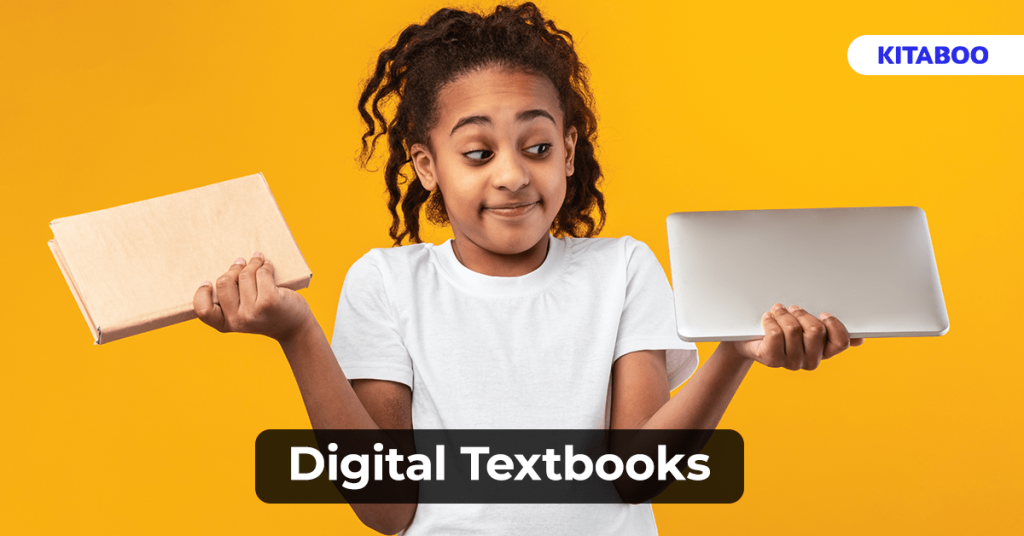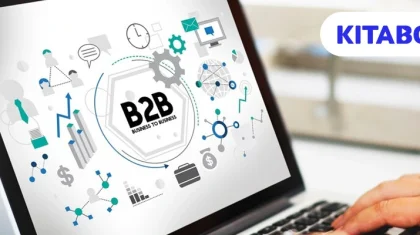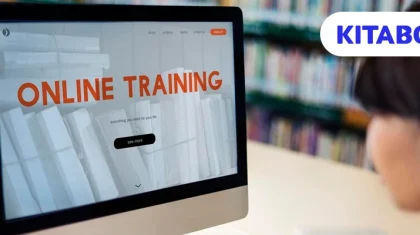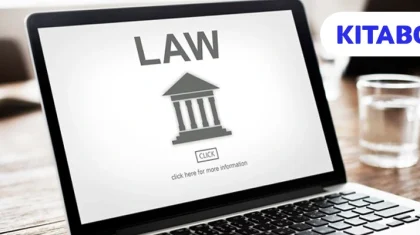
Top 5 Benefits of Digital Textbooks You Never Knew About
Digital Textbooks have changed the way we look at education in recent years. To state that they have revolutionized the K12 education system would be a gross understatement on my part. They have opened up new opportunities for students who now can access study-material from any device.
While we are all aware of the advantages of eBooks or online textbooks, such as being more environmentally friendly than traditional textbooks or providing an interactive learning experience and even something as simple as students no longer having to lug heavy bags around, they do have a surprising number of benefits most people don’t realize.
Read on for five out-of-the-ordinary benefits of K12 digital textbooks you probably never knew existed.
Table of Contents
- Five Surprising Benefits of Digital Textbooks
- Summing It Up
Five Surprising Benefits of Digital Textbooks
Digital textbooks continue to evolve and adapt to the ever-changing needs of students and educators. Here are a few unexpected benefits we don’t normally associate with the advent of digital books in the education sector.
1. Increased Accessibility
In one of its most comprehensive studies to date, the United Nations International Children’s Emergency Fund (UNICEF) has revealed that over 240 million children worldwide suffer from some form of disability. This puts them at a severe disadvantage as traditional educational material cannot offer the flexibility or inclusivity to cater to the unique needs of these children.
This is where digital textbooks are game changers as they can incorporate various accessibility features.
- Text-to-Speech
Text-to-Speech is an accessibility feature that is especially beneficial for students with either visual disabilities or children with dyslexia.
This accessibility feature reads the text out loud, giving students with disabilities an additional channel through which they can access their study-material. This feature is also useful for auditory learners.
- Alt Text and Audio Descriptions
Alt text is a feature that gives students a brief explanation of all the non-textual content in a digital textbook. This feature is a boon for students who have difficulty interpreting graphical or visual content.
Audio descriptions, on the other hand, provide verbal descriptions of all non-textual elements in a digital textbook to help students with severe visual impairments or permanent blindness to consume information that would have been impossible with traditional books.
- Adjustable Font Size and Background Color
These features can be of great benefit in reducing the visual stress associated with reading, especially for those with dyslexia.
The ability to alter the font size and background color can also benefit parents of students who find it difficult to read the fine print of traditional textbooks.
- Interactive Elements
Interactive elements can be an excellent way for children with cognitive impairments to learn new things.
Features like quizzes, exciting graphics, videos, and flashcards can make learning more enjoyable and help them retain information better and for longer durations.
2. Increased Engagement
Gamification is a new trend designed to make education fun and engaging. It has been proven to improve student productivity by almost 50%. It uses game design elements, such as points, badges, and leaderboards, to motivate students to compete and achieve specific goals.
eBooks offer a lot of interactive features and multimedia options that can be used to gamify the K12 learning experience, such as the following.
- Quizzes and Flashcards
Digital textbooks can include built-in quizzes and flashcards that allow students to test their knowledge, review the material, and give them points and badges for correct answers.
- Interactive Activities
Online textbooks also include interactive activities, such as simulations and virtual labs, which can again be designed to feel like games, with points and badges awarded for completing them.
- Gamified Assessments
Gamified evaluations, such as interactive quizzes and tests allow students to demonstrate their knowledge in a fun and engaging manner.
These assessments can be designed with progress tracking and provide students with immediate feedback on their performance.
- Rewards and Leaderboards
Rewards and leaderboards, motivate students to learn and compete with classmates.
3. Personalized Learning
Traditional textbooks have been a one-size-fits-all solution for years now, and this approach doesn’t benefit students equally. Digital textbooks, on the other hand, offer many features and tools that can be used to personalize the learning experience for K12 students.
Some of the ways they can achieve this are as follows.
- Adaptive Learning
Digital textbooks can be designed to adapt to a student’s learning style and provide a personalized learning experience that works best for them.
Features such as customized assessments and quizzes can go a long way to even out the playing field for all students.
- Personalization Settings
eBooks can also go one step further and allow students to personalize their textbooks, which can help improve their interest levels.
4. Data Analytics
Digital textbooks come with built-in analytics and tracking features that can provide educators with data on student engagement, performance, and progress. This data helps educators better understand student’s strengths and weaknesses. This data can also be used to personalize each individual’s learning experience. Below are a few examples of how this can be beneficial.
- Progress Tracking
An eBook can track a students’ progress and interaction levels with the content. This helps educators understand the rate at which an individual learns and adapt their classes accordingly.
- Learning Analytics
Learning analytics can provide data on student engagement, performance, and progress, allowing educators to identify areas where students may be struggling and adjust their teaching methods accordingly.
5. Updates
Traditional books must be reprinted and redistributed every time they are updated. With digital textbooks, updates can be made instantly, ensuring that the information students are studying is always accurate.
Additionally, they can be updated to fix errors in previous editions without having to purchase new textbooks for every new edition.
All this makes them cost-effective as well.
Summing It Up
In my experience, the demand for digital textbooks has skyrocketed in recent years. Perhaps it is due to the many unexpected and unconventional benefits they offer. From increased accessibility to personalization, analytics, gamification, to cost-effectiveness. It is clear that they are the future of quality education.
KITABOO is a one-stop solution for K12 publishers and educators, looking to create and distribute quality digital textbooks. This digital publishing platform offers a wide range of features and tools to help you easily create and publish interactive, multimedia-rich interactive textbooks. Further, KITABOO has teamed up with Microsoft Immersive Reader to make digital content even more accessible for learners.
Try our services today and take the first step towards creating quality digital textbooks tailored to your student’s needs.
To know more, write to us at contact@kitaboo.com.
Discover how a mobile-first training platform can help your organization.
Kitaboo is a cloud-based platform to create, deliver & track mobile-first interactive training content.


